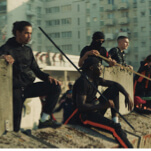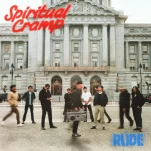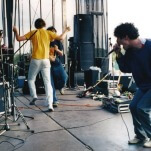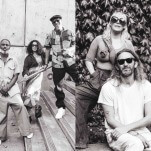Steven Soderbergh Wants You To Drink Bolivian Booze
Photos via Singani 63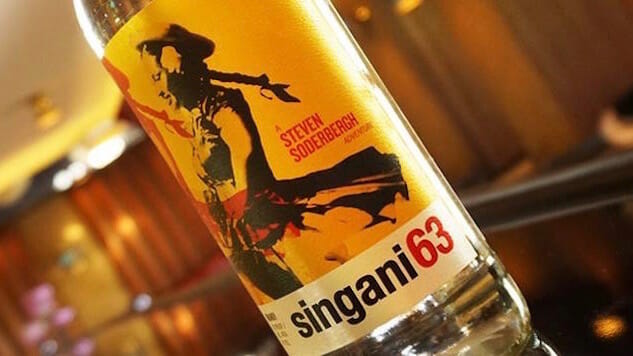
The first time Oscar-winning director Steven Soderbergh encountered singani, it was love at first sip.
“I had an instant reaction,” he says. “I had never tasted anything like it.”
That was back in 2007 at the launch party for his movie Che in Madrid. The self-described vodka drinker was given the traditional Bolivian grape spirit as a gift and was quickly hooked. Little did he know that it would lead to him to branch off from his day job of making movies to importing liquor.
After securing a supply for the five-and-a-half-month movie shoot for Che (priority number one at the time), Soderbergh’s crew floated the idea of bringing it to the U.S. The craving was real.
-

-

-

-

-

-

-

-

-

-

-

-

-

-

-

-

-

-

-

-

-

-

-

-

-

-

-

-

-

-

-

-

-

-

-

-

-

-

-

-













